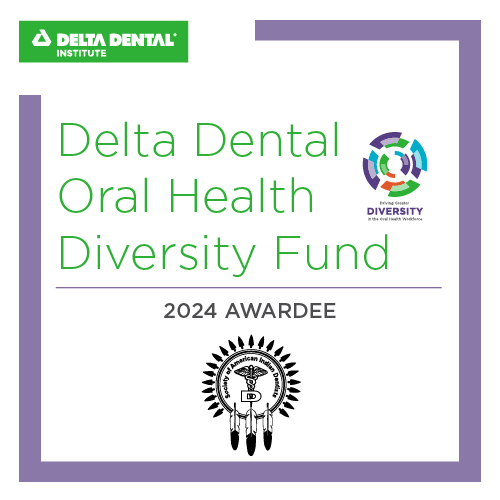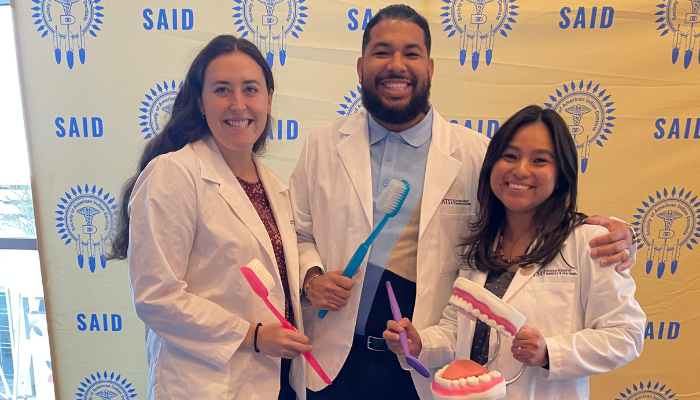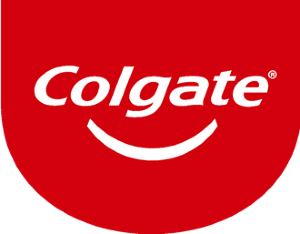|
It is with great sadness and a heavy heart that we share the passing of George Blue Spruce, Jr., DDS, MPH, the first American Indian dentist and our esteemed Founder and President Emeritus. From being the sole American Indian dentist in 1956 to nearly 450 today, Dr. Blue Spruce paved the way for enhancing the oral health of our community. As we approach our 35th anniversary next week, SAID members and students honor the enduring legacy established by Dr. Blue Spruce. We are deeply appreciative of his contributions, which include founding the organization in 1990, and leading initiatives such as scholarship, networking, and mentorship opportunities for future dental students. Reflecting on the early efforts to inspire young American Indians to pursue dentistry, Dr. Blue Spruce remarked, “I spoke about the critical need for American Indian dentists to serve our people and encouraged Indian students to consider this career path... I believed that an organization like SAID, once it gained visibility and credibility, would have more influence than a single person in persuading more American Indians to become dentists” (Searching for My Destiny, University of Nebraska Press, 2009). The members of the Society of American Indian Dentists believe wholeheartedly in stepping into the role shaped by Dr. Blue Spruce as knowledge keepers, healers, and leaders to those who will follow in his footsteps.
Delta Dental Institute announced the Oral Health Diversity Fund AwardeesAmong the awardees, SAID received $200,000 to expand its Telling the Story of a Path to Dentistry: Connecting American Indian and Alaska Native (AI/AN) Dentists with AI/AN Youth programming. read more |













